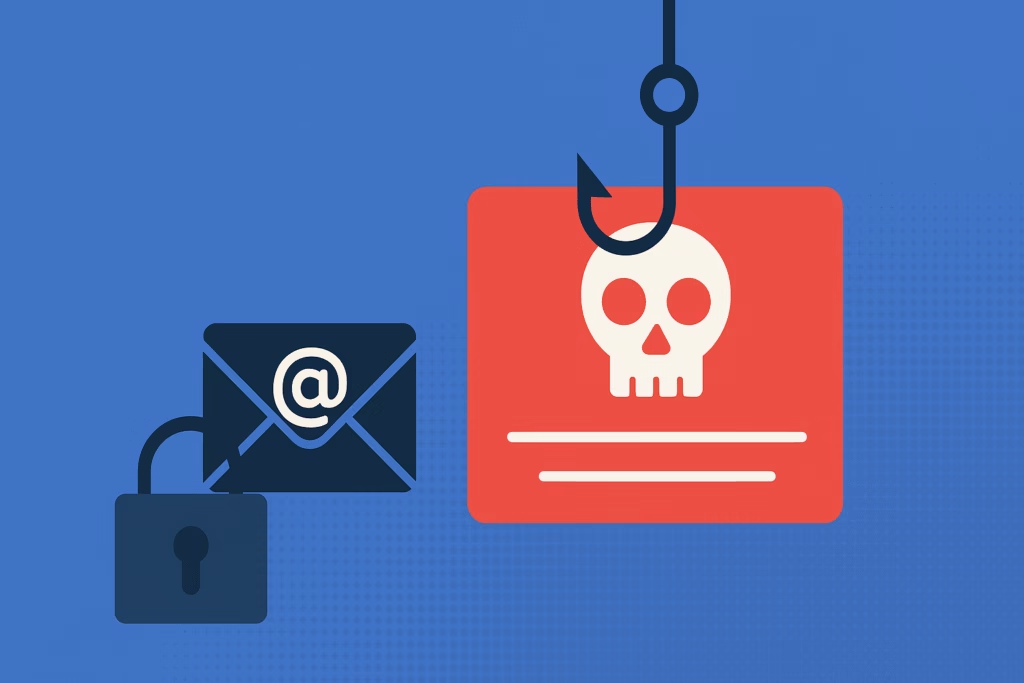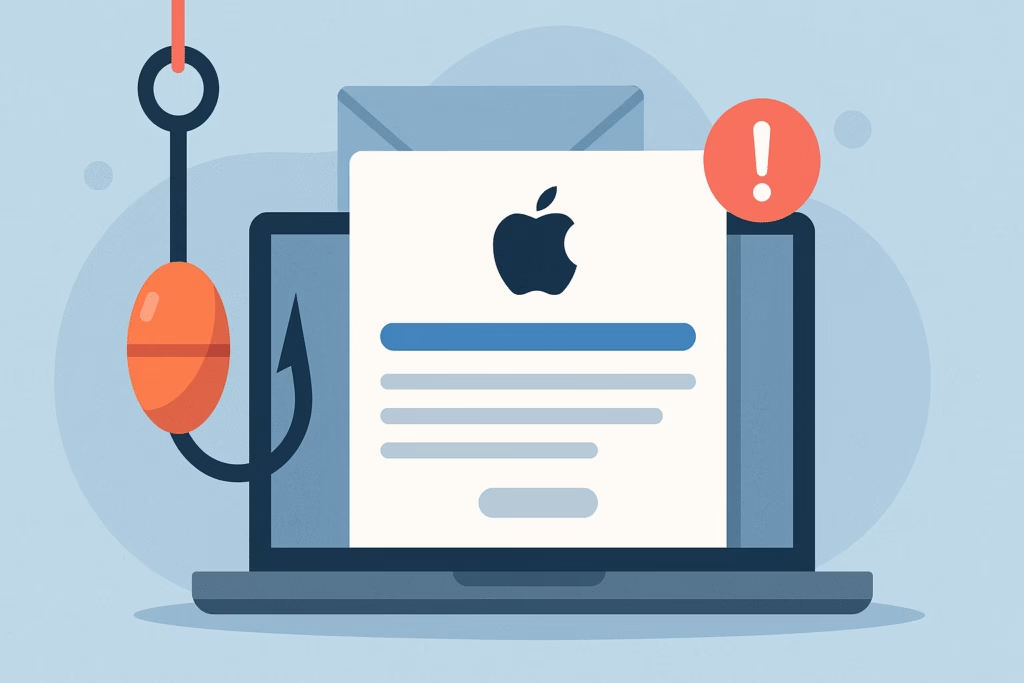
Introduction
Phishing attacks targeting financial institutions have surged in recent years, putting millions of customers at risk of identity theft and financial loss. According to the FBI’s 2022 Internet Crime Report, victims reported over $10.3 billion in losses—an 18% increase from the previous year. Recognizing and reporting fraudulent communications from major banks like Chase and American Express is crucial to protect your accounts and personal data. This article explains how to Chase Bank report phishing attempts, identify American Express phishing emails, and implement best practices to stay secure.
Understanding Phishing Threats Against Financial Institutions
Phishing is a social engineering tactic where attackers masquerade as trustworthy entities to steal sensitive information. Common techniques include:
- Spoofed email headers that mimic official domains
- Malicious links or attachments leading to credential-harvesting sites
- Urgent calls-to-action, such as “Verify your account within 24 hours”
- Requests for one-time passcodes, passwords, or social security numbers
Bank customers must stay vigilant: even a single click can result in unauthorized transfers, account takeover, or identity fraud.
Chase Bank: How to Report Phishing Scams
Recognizing Fake Chase Communications
- Sender’s email domain differs from
@chase.com(e.g.,@chase-secure.net) - Generic greetings like “Dear Customer” instead of your name
- Spelling mistakes, poor grammar, or broken English
- Links that display one URL but redirect to another when hovered
- Requests for sensitive data such as account numbers, PINs, or security questions
Steps to Report Phishing to Chase
- Do not click any links or download attachments.
- Forward the suspicious email to abuse@chase.com with the subject line “Phishing Report.”
- Include full email headers to help the security team trace the origin.
- Delete the phishing email from your inbox and trash folder.
- If you clicked a link or provided information, call Chase immediately at 1-800-935-9935.
For further guidance, visit Chase’s official security page: Chase Security Center.
American Express: Phishing Emails to Watch For
Common American Express Email Phishing Tactics
- Emails claiming unauthorized charges on your card
- Notifications about suspended or locked accounts
- Fraud alerts asking you to “confirm your identity” via a link
- Fake promotional offers promising bonus points or cash back
- Urgent requests for Social Security numbers or card verification codes
Attackers often spoof official American Express logos and use similar-looking URLs (e.g., american-express.com.securityverify.xyz).
How to Report Suspected American Express Email Phishing
- Do not click links or reply to the email.
- Forward the suspected phishing email to phishing@americanexpress.com without altering the subject line.
- Include complete email headers—this information is critical for AmEx investigators.
- Delete the email from both your inbox and trash folder.
- Check your account activity by logging in at americanexpress.com (type the URL manually).
- If you shared any personal information, contact American Express customer service at 1-800-528-4800.
Learn more about American Express security practices: American Express Security Center.
Best Practices to Protect Your Financial Information
Beyond reporting scams, adopt these proactive steps to minimize your phishing risk:
- Enable Multi-Factor Authentication (MFA): Add an extra layer of security by requiring a one-time code or biometric verification.
- Use Unique, Strong Passwords: Employ a password manager to create and store complex passwords for each financial account.
- Keep Software Updated: Apply patches for operating systems, browsers, and antivirus tools to close vulnerabilities.
- Verify Sender Authenticity: Hover over links to inspect URLs, and call your bank’s official number if in doubt.
- Install Anti-Phishing Tools: Solutions like PhishDef scan incoming emails and block known phishing domains in real time.
- Monitor Account Activity: Set up real-time alerts for withdrawals, transfers, and large purchases.
Real-World Case Studies
Case Study 1: A small business owner received a spoofed email appearing to come from Chase, warning of “suspicious ACH transfers.” The email instructed him to log in through a fraudulent link. He clicked the link, entered credentials, and lost $25,000 within hours. After reporting to Chase and the FBI, only a partial reimbursement was possible. Implementation of PhishDef’s email-security service could have blocked the spoofed domain.
Case Study 2: An American Express cardholder received an urgent “Account Suspension” notice with a link to “verify” billing information. The fake site harvested her details, resulting in unauthorized charges totaling $3,500. She reported the scam to AmEx and her bank; two days of account lockdown and dispute resolution followed. Additional anti-phishing layers, such as MFA and domain filtering, would have prevented this incident.
Key Takeaways
- Phishing attacks against banks like Chase and American Express are on the rise—report every suspicious message immediately.
- Use official channels: abuse@chase.com for Chase and phishing@americanexpress.com for American Express.
- Enable MFA, maintain strong unique passwords, and update all software regularly.
- Install an anti-phishing solution such as PhishDef to automatically detect and block fraudulent emails.
- Stay informed: review your account statements and set up real-time transaction alerts.
Call-to-Action
Don’t wait until you become a phishing statistic. Protect your financial accounts today with PhishDef’s industry-leading email security. Visit our website to request a demo or sign up for 24/7 automated phishing protection. Strengthen your defense against Chase Bank report phishing attempts and American Express email phishing with PhishDef.


